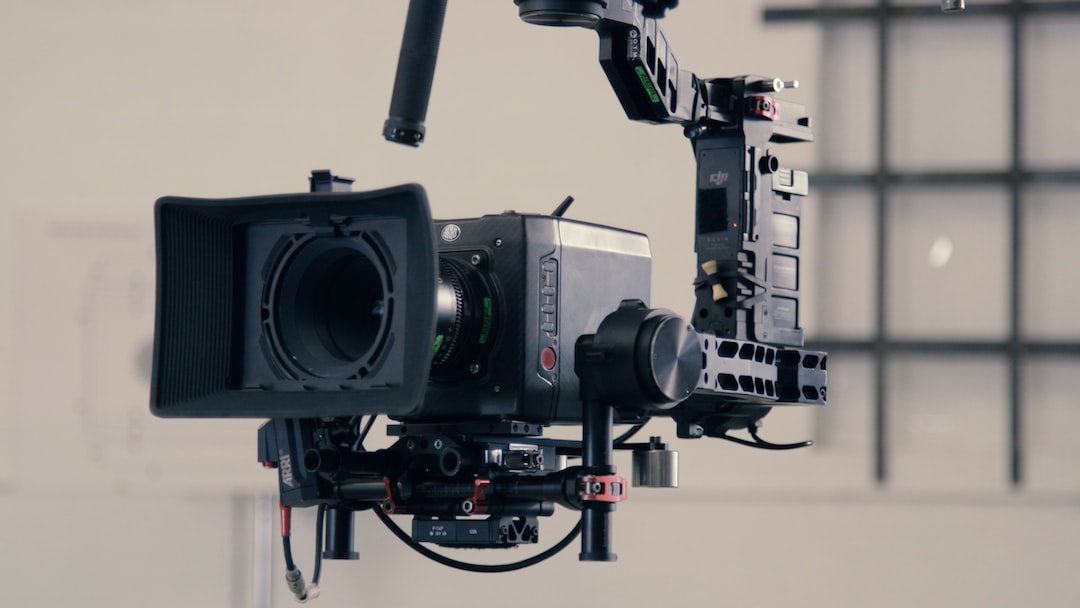The Influence of Media on Body Image: Promoting Diversity and Acceptance
In today’s modern society, we are constantly bombarded with images and messages from the media about what the ideal body should look like. The media plays a powerful role in shaping our perceptions of beauty and body image, which can have both positive and negative impacts on individuals. However, it is crucial to promote diversity and acceptance in order to combat the damaging effects of media’s influence on body image.
The media’s influence on body image has become more prevalent than ever before, with the rise of social media platforms and the constant exposure to perfectly curated images. Many individuals, especially young people, are constantly comparing themselves to these unattainable standards of beauty, leading to feelings of inadequacy, low self-esteem, and even dangerous behaviors such as disordered eating.
The media often portrays only a narrow range of body types as desirable, typically focusing on thin and muscular bodies. This reinforces the notion that only a certain body size or shape is considered beautiful or attractive. As a result, those who do not fit this ideal may feel marginalized or excluded, causing psychological distress and a negative body image.
It is critical to challenge these unrealistic beauty standards and promote acceptance of diverse body types. The media should take responsibility for representing a wider range of body sizes, shapes, and ethnicities. By showcasing diverse models, actors, and influencers, the media can send a powerful message that all bodies are beautiful and should be celebrated.
Fortunately, there has been a growing movement towards promoting body positivity and inclusivity in the media. Many brands and publications have started to feature models of different body types, ages, and backgrounds. This shift represents an important step towards promoting diversity and acceptance within the fashion and entertainment industries.
Furthermore, consumers are demanding more representation and inclusivity in the media they consume. With the rise of social media activism, individuals are using their platforms to advocate for body positivity and challenge harmful beauty standards. This grassroots movement has sparked important conversations around self-acceptance and the need for more realistic portrayals of diverse bodies in the media.
Educational institutions also have a crucial role to play in combating the negative effects of media on body image. School curriculum should include comprehensive programs addressing media literacy and body positivity. By teaching young people to critically analyze the messages they’re exposed to, they can develop a more nuanced understanding of the media’s influence and learn how to resist harmful beauty standards.
Parents and caregivers also play a vital role in promoting positive body image. By discussing the influence of media and challenging unrealistic beauty ideals, parents can help their children develop a healthy relationship with their bodies. Encouraging open conversations about self-acceptance, body diversity, and the harmful effects of media can protect young minds from the damaging effects of unrealistic beauty standards.
It is worth acknowledging that there have been some positive strides in recent years, such as the increased representation of different body types in fashion campaigns and the use of untouched images in magazines. However, progress is still needed in many areas. A more diverse representation of bodies in all forms of media, including movies, TV shows, and advertisements, is essential to fostering acceptance and reducing the negative impact of media on body image.
In conclusion, media has a powerful influence on our body image, perpetuating unrealistic beauty standards that can have detrimental effects on individuals’ self-esteem and mental health. To combat these damaging influences, the media must promote diversity and acceptance by showcasing a wider range of body types and incorporating a variety of ethnicities and ages. Educational institutions, parents, and caregivers also have a responsibility to educate young people about media literacy and promoting positive body image. By embracing diversity and challenging beauty norms, we can foster a society that celebrates and accepts all bodies.
